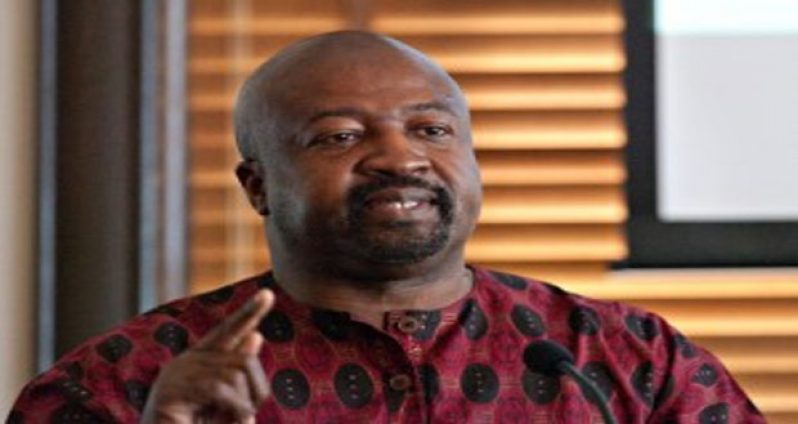I HAD the privilege of visiting several African-Guyanese villages as part of the Cuffy 250 Committee’s community outreach. During those visits, we got an opportunity to talk to villagers about the state of their communities and their views on contemporary politics. We also got to see for ourselves the real state of the villages; and what we discovered was shocking, even for those of us who interfaced with those villages on a regular basis.
It became clear to us that the change of government removed the lid on a lot of pent-up frustrations. The communities had mastered the art of masking their hurt and neglect.
I mention the above to draw attention to one of the consequences of one-party government, especially those that last for as long as our two previous governments did. I am, of course, talking about fear. It would shock the country if we knew the level of fear that had developed in the African-Guyanese community over the last two decades. And Indian-Guyanese activists have also reported fear in their communities, even if it was manifested differently. Individual fear is bad enough, but collective fear is crippling. It consumes the entire community; it kills resistance, and induces accommodation with power. Apathy becomes the norm, and people turn to fun as an escape from the social realities.
All of this happened in the African community over the last two decades. The physical infrastructure in almost all the communities we visited is in an advanced state of disrepair. Roads, kokers, bridges, canals and school buildings are all in terrible condition. In some communities, there is not a single street light.
Education is in equally bad shape. School-dropouts are widespread; libraries are non-existent; most communities do not have community centres and playgrounds; and where they exist, they are surrounded by bush and are dysfunctional. Health centres are often absent; and where they are present, they are understaffed, always out of drugs, and sometimes inaccessible to residents, given their physical condition.
Unemployment and underemployment, in most cases, represent more than half of the communities, in particular the youth. Many NGOs have gone into the villages and did a lot of skills training, which have not led to jobs or business enterprises. There are very few thriving businesses owned by villagers. Often, the villages cannot be sustained by the very weak buying power of the communities.
One of the shocking things we found was the absence of community organisations — no youth clubs, no sports organisations, no functioning PTAs. The previous administration used the Community Development Councils (CDCs) as substitutes for community organisation. Often, these CDCs consist of a few PPP sympathisers who encouraged a begging mentality in the villages; there was no need to organise for self-reliance anymore.
We found that the NDCs were the most hated organisations. They have become sources of enrichment for councillors. Corruption is open and unchallenged. People fear the chairpersons, who often operate as gangsters and dons rather than community leaders.
Community lands and other resources are leased without any consultation with the residents.
How could people live under such conditions for so long? It is clear that some communities have learned to live on the edge — in survival mode, but the price is high. Although the government has changed, the scars from two decades of beating are fresh. It is difficult to get people in the villages to work together. The community spirit is on life-support. People are comfortable working in small, isolated enclaves. The level of mistrust of fellow villagers is high, they almost instinctively reject collective efforts. They boast about what they do in small spaces, and often are oblivious to the fact that the larger space continues to rapidly decline.
Something has to be done in those communities — and fast!
(More of Dr. Hinds’s writings and commentaries can be found on his YouTube Channel Hinds’ Sight: Dr. David Hinds’ Guyana-Caribbean Politics and on his website www.guyanacaribbeanpolitics.com. Send comments to dhinds6106@aol.com)
By Dr. David Hinds




.png)









